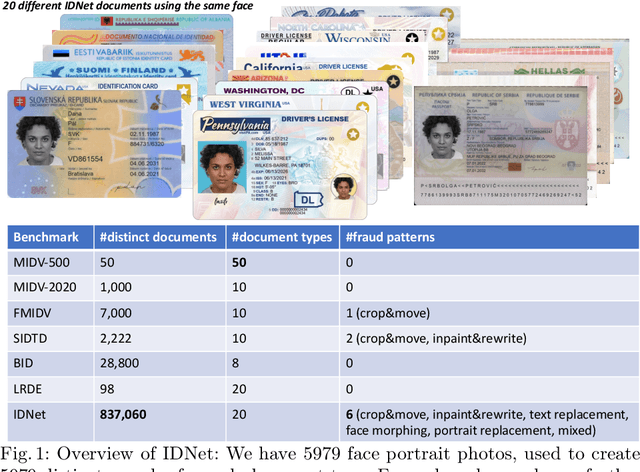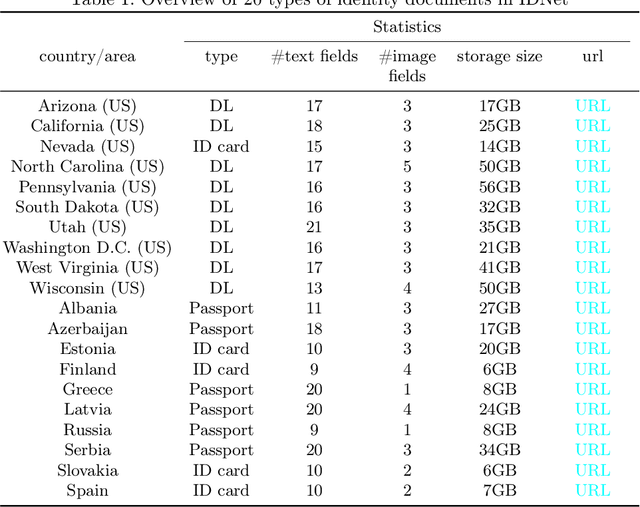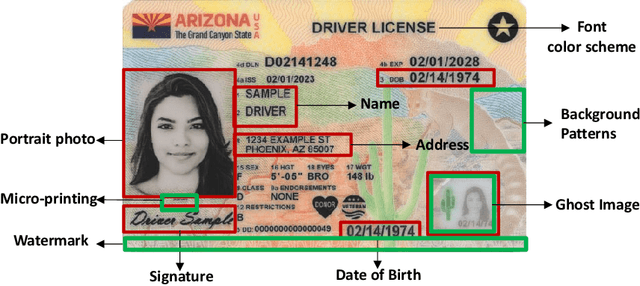Rajeev Goel
DecompDreamer: Advancing Structured 3D Asset Generation with Multi-Object Decomposition and Gaussian Splatting
Mar 15, 2025Abstract:Text-to-3D generation saw dramatic advances in recent years by leveraging Text-to-Image models. However, most existing techniques struggle with compositional prompts, which describe multiple objects and their spatial relationships. They often fail to capture fine-grained inter-object interactions. We introduce DecompDreamer, a Gaussian splatting-based training routine designed to generate high-quality 3D compositions from such complex prompts. DecompDreamer leverages Vision-Language Models (VLMs) to decompose scenes into structured components and their relationships. We propose a progressive optimization strategy that first prioritizes joint relationship modeling before gradually shifting toward targeted object refinement. Our qualitative and quantitative evaluations against state-of-the-art text-to-3D models demonstrate that DecompDreamer effectively generates intricate 3D compositions with superior object disentanglement, offering enhanced control and flexibility in 3D generation. Project page : https://decompdreamer3d.github.io
Deep Geometric Moments Promote Shape Consistency in Text-to-3D Generation
Aug 12, 2024



Abstract:To address the data scarcity associated with 3D assets, 2D-lifting techniques such as Score Distillation Sampling (SDS) have become a widely adopted practice in text-to-3D generation pipelines. However, the diffusion models used in these techniques are prone to viewpoint bias and thus lead to geometric inconsistencies such as the Janus problem. To counter this, we introduce MT3D, a text-to-3D generative model that leverages a high-fidelity 3D object to overcome viewpoint bias and explicitly infuse geometric understanding into the generation pipeline. Firstly, we employ depth maps derived from a high-quality 3D model as control signals to guarantee that the generated 2D images preserve the fundamental shape and structure, thereby reducing the inherent viewpoint bias. Next, we utilize deep geometric moments to ensure geometric consistency in the 3D representation explicitly. By incorporating geometric details from a 3D asset, MT3D enables the creation of diverse and geometrically consistent objects, thereby improving the quality and usability of our 3D representations.
IDNet: A Novel Dataset for Identity Document Analysis and Fraud Detection
Aug 03, 2024



Abstract:Effective fraud detection and analysis of government-issued identity documents, such as passports, driver's licenses, and identity cards, are essential in thwarting identity theft and bolstering security on online platforms. The training of accurate fraud detection and analysis tools depends on the availability of extensive identity document datasets. However, current publicly available benchmark datasets for identity document analysis, including MIDV-500, MIDV-2020, and FMIDV, fall short in several respects: they offer a limited number of samples, cover insufficient varieties of fraud patterns, and seldom include alterations in critical personal identifying fields like portrait images, limiting their utility in training models capable of detecting realistic frauds while preserving privacy. In response to these shortcomings, our research introduces a new benchmark dataset, IDNet, designed to advance privacy-preserving fraud detection efforts. The IDNet dataset comprises 837,060 images of synthetically generated identity documents, totaling approximately 490 gigabytes, categorized into 20 types from $10$ U.S. states and 10 European countries. We evaluate the utility and present use cases of the dataset, illustrating how it can aid in training privacy-preserving fraud detection methods, facilitating the generation of camera and video capturing of identity documents, and testing schema unification and other identity document management functionalities.
 Add to Chrome
Add to Chrome Add to Firefox
Add to Firefox Add to Edge
Add to Edge